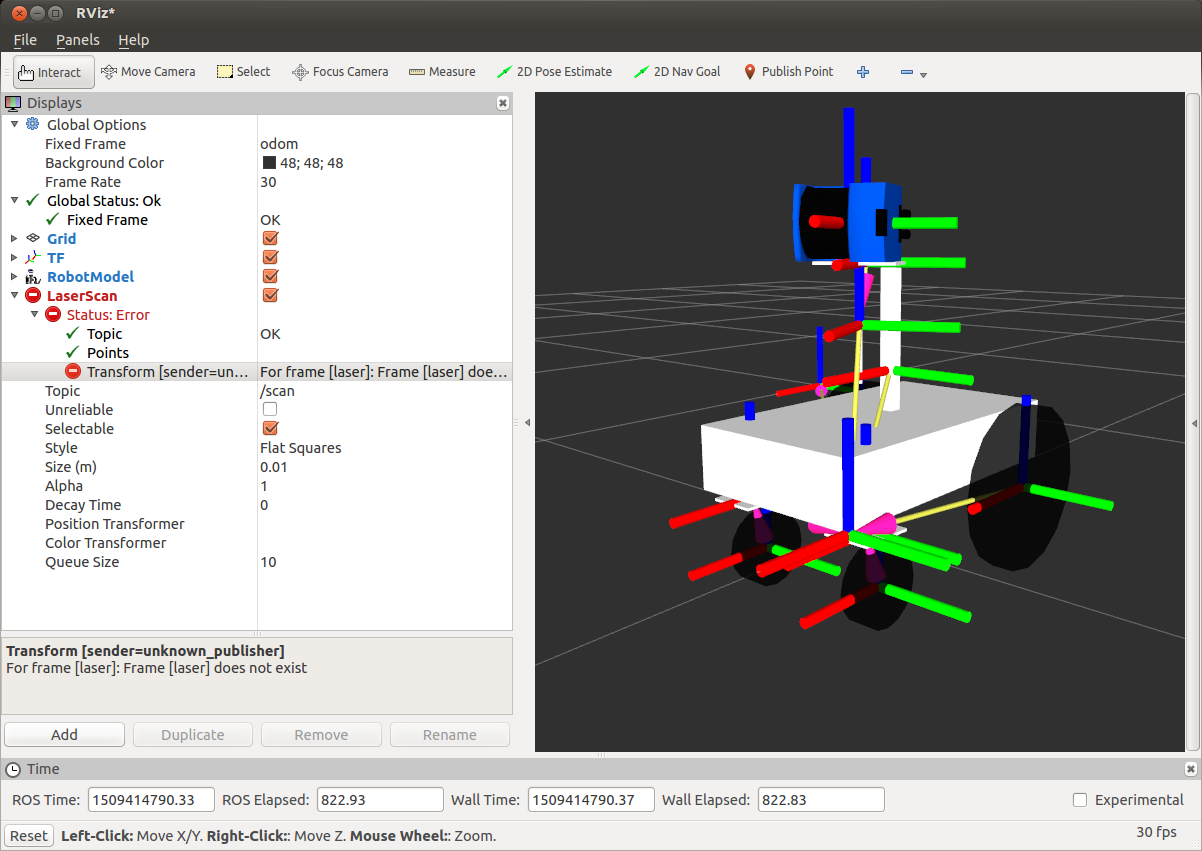

Test_dataset = test_dataset.batch(BATCH_SIZE)īuild and train a model model = tf.keras.Sequential([ Train_dataset = train_dataset.shuffle(SHUFFLE_BUFFER_SIZE).batch(BATCH_SIZE) Use the datasets Shuffle and batch the datasets BATCH_SIZE = 64 Test_dataset = tf._tensor_slices((test_examples, test_labels)) train_dataset = tf._tensor_slices((train_examples, train_labels)) Path = tf._file('mnist.npz', DATA_URL)Īssuming you have an array of examples and a corresponding array of labels, pass the two arrays as a tuple into tf._tensor_slices to create a tf.data.Dataset. However, the source of the NumPy arrays is not important. This example loads the MNIST dataset from a. This tutorial provides an example of loading data from NumPy arrays into a tf.data.Dataset.


 0 kommentar(er)
0 kommentar(er)
